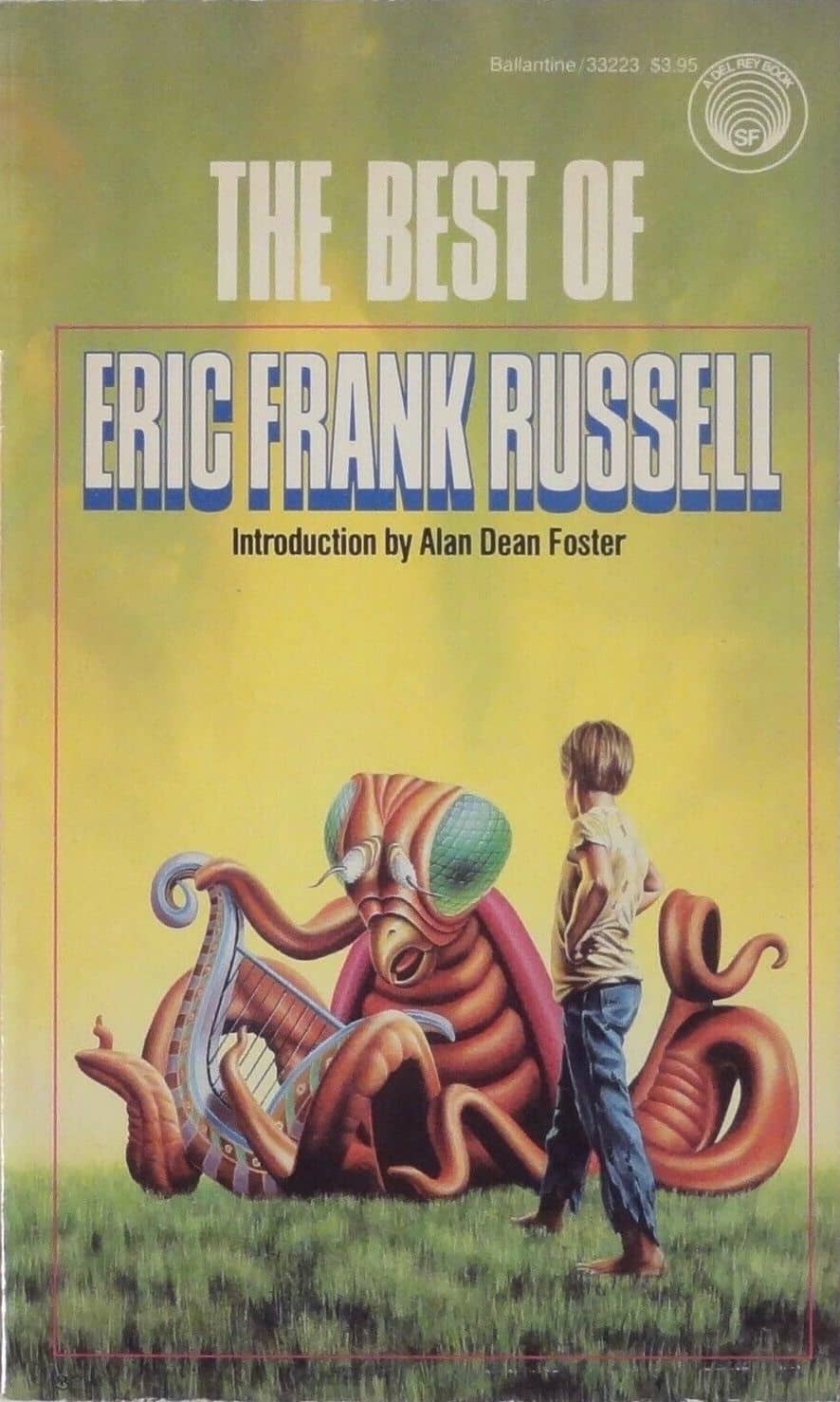

Graham continues to seek out clues, obtaining them from people that the Vitons kill. Given that information, researchers all over the world struggle to find a form of radio transmission that will kill Vitons. Chased into a hospital by a pair of Vitons, Graham and Wohl discover that the phantom vampires shy away from a machine that emits short-wave radio energy.

They enjoy a world-wide feeding frenzy as they work to regain control over their “cattle”. The Vitons react by triggering an all-out world war. That knowledge, including Professor Bjornsen’s formula, is quickly spread around the world. If a Viton sucks too hard on a human nervous system, it causes a fatal heart attack, which is how the Vitons have been killing the scientists, in order to prevent Humanity from learning of their existence. The spheres, which he called Vitons, are sentient and mildly telepathic (they can read people’s minds if they get close enough) they also feed on the electrochemical energy of human emotions. Professor Bjornsen had discovered a means of extending human vision into the far infrared and he discovered that the world is occupied by meter-wide spheres that appear pale blue in his new vision. He finally meets a scientist who explains what’s been happening. With the aid of police lieutenant Art Wohl, Graham searches out other scientists who knew the men in the group and finds that they are dying as well. Bill Graham, investigating the deaths of two scientists his agency has funded, discovers that over a dozen scientists who knew each other have died recently, either by heart attack or by suicide, after appearing to go insane. "Swift death awaits the first cow that leads a revolt against milking," wrote Swedish Professor Peder Bjornsen just before he died of a heart attack in May 2015. How could we ever hope to revolt against such beings? Therein lies a story. Those invisible beings are immaterial: they are made of energy and Russell compares them to ball lightning. In particular, he employed the idea that we humans are property of some more highly evolved beings that live in a realm that we cannot see. Russell used the ideas of Charles Fort, whom he described as "a sort of Peter Pan of science", including many of Fort’s findings in the story. Most subsequent editions were based on the Fantasy Press version.

Russell revised and expanded the book for its first US publication by Fantasy Press in 1948. It was first published in book form in 1943 by The World's Work, Ltd. The novel originally appeared in the magazine Unknown in 1939, the first novel to appear in its pages. Sinister Barrier is an English language science fiction novel by British writer Eric Frank Russell.

The magazine version of Sinister Barrier was the cover story for Unknown No.


 0 kommentar(er)
0 kommentar(er)
